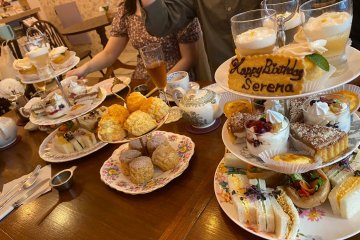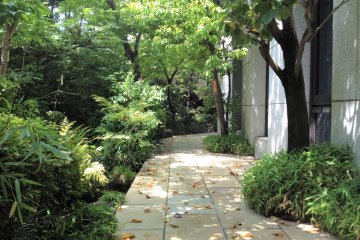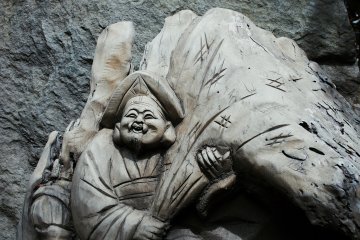Tokyo, home to an incredible history, is filled with an almost never ending array of temples and shrines. Some small, others large, each temple and shrine comes complete with its own history and character.
Granted, you can easily have your fill of temples and shrines; generic patterns fill the mind and eventually one temple becomes the next temple and the one after that. Except in the details. Look a little closer and every temple comes alive with its own unique story and idiosyncrasies. Know the story of a temple and your enjoyment of it can go a long way.
Sitting in Hamacho Park in Tokyo's Chuo City Ward lies the small Nichiren Buddhist temple, Seishoko-ji. The grounds of the temple were part of the domains of the Kumamoto clan in the Edo period, becoming the residence of the Hosokawa clan come the Meiji period. Established in the mid-seventeenth century, the temple came to be in honour of the much respected - feared - martially driven feudal lord, Kato Kiyomasa, a fervent believer in Nichiren Buddhism. The current temple building dates back to the mid-twentieth century.
Kato lived his life entirely by the precepts of the warrior, at times brutally dealing with his enemies when thought necessary. Knowing this makes a visit to Seishoko-ji Temple even more remarkable - small, green and utterly devoid of grandeur, the temple almost feels as if it is a garden overgrown. Gentle tributes to mighty warriors are not uncommon in Japan.
Sitting by the entrance to the temple sits a carving of a Japanese deity. Ebisu, master of fisherman and good fortune is sculpted out of a piece of wood, his smile and countenance exuding a life and utter joy that speaks volumes about Seishoko-ji Temple.









